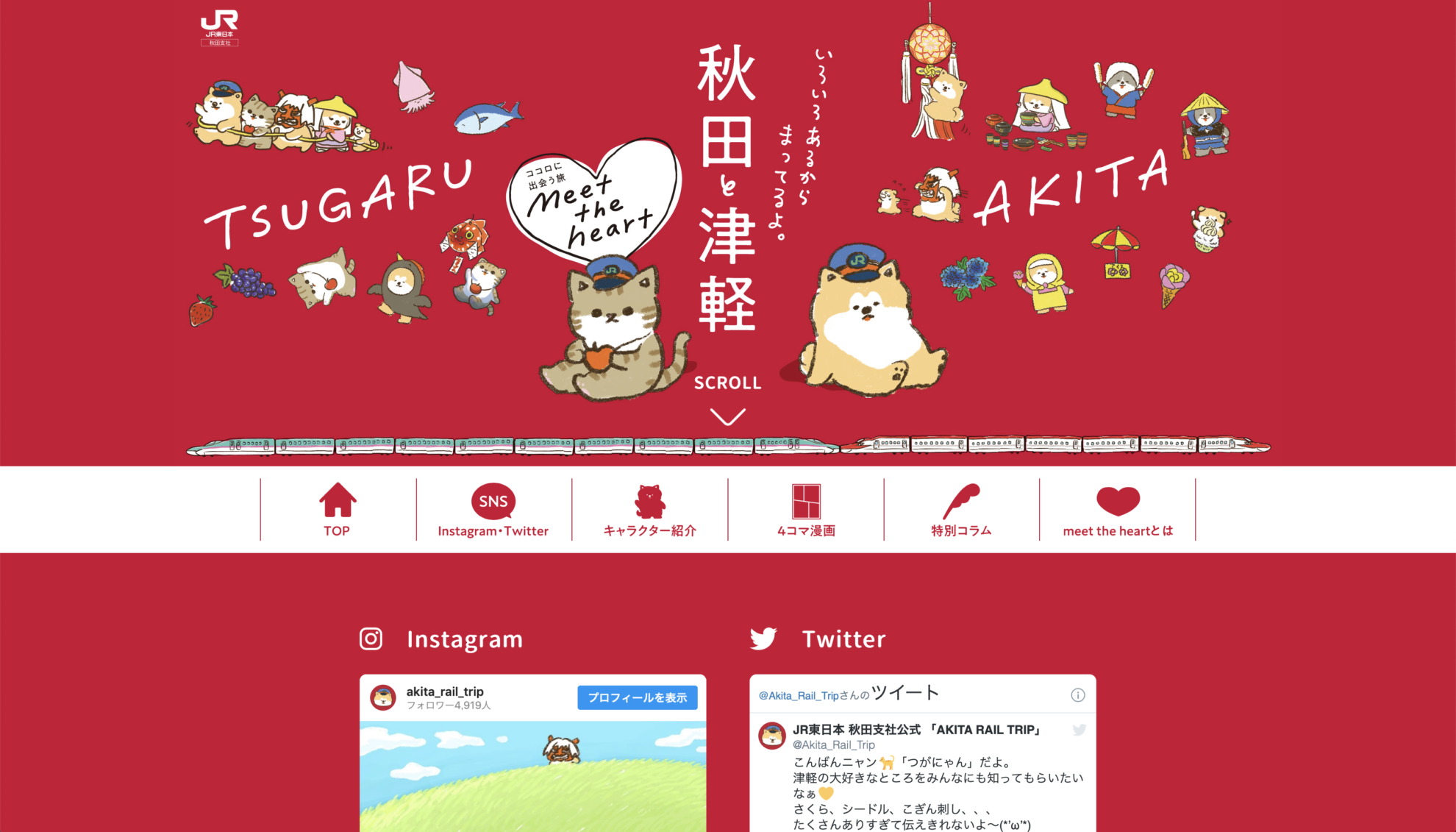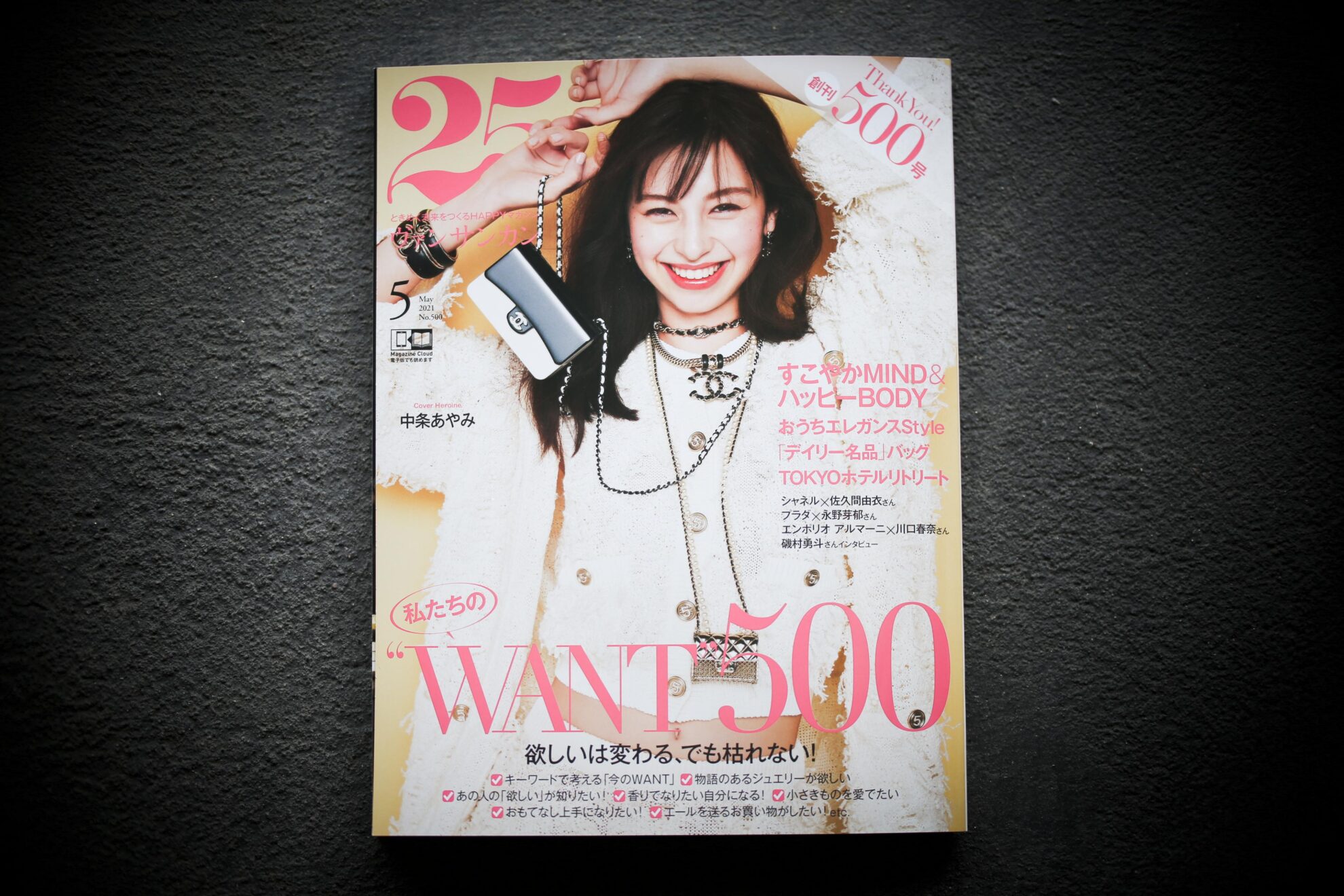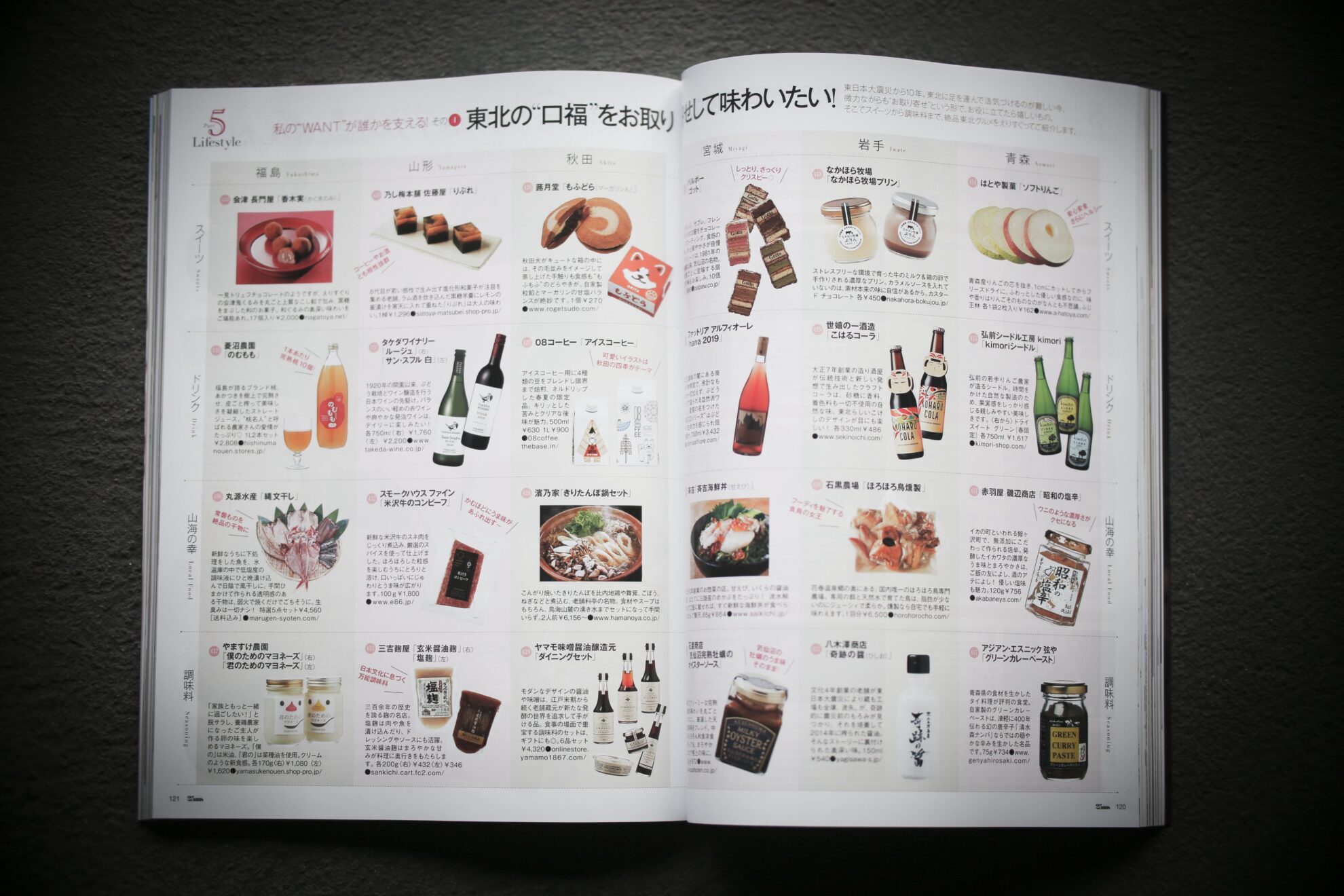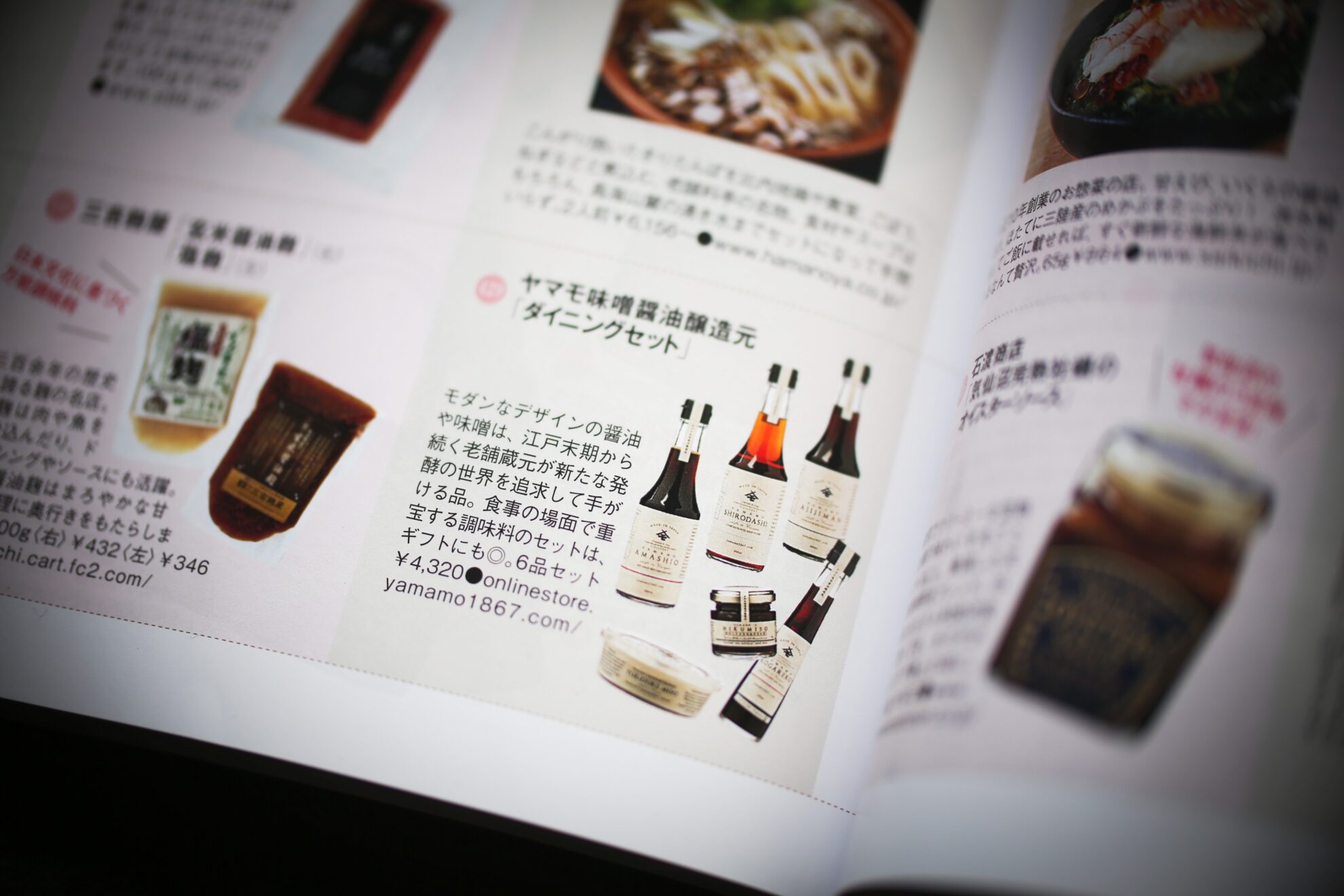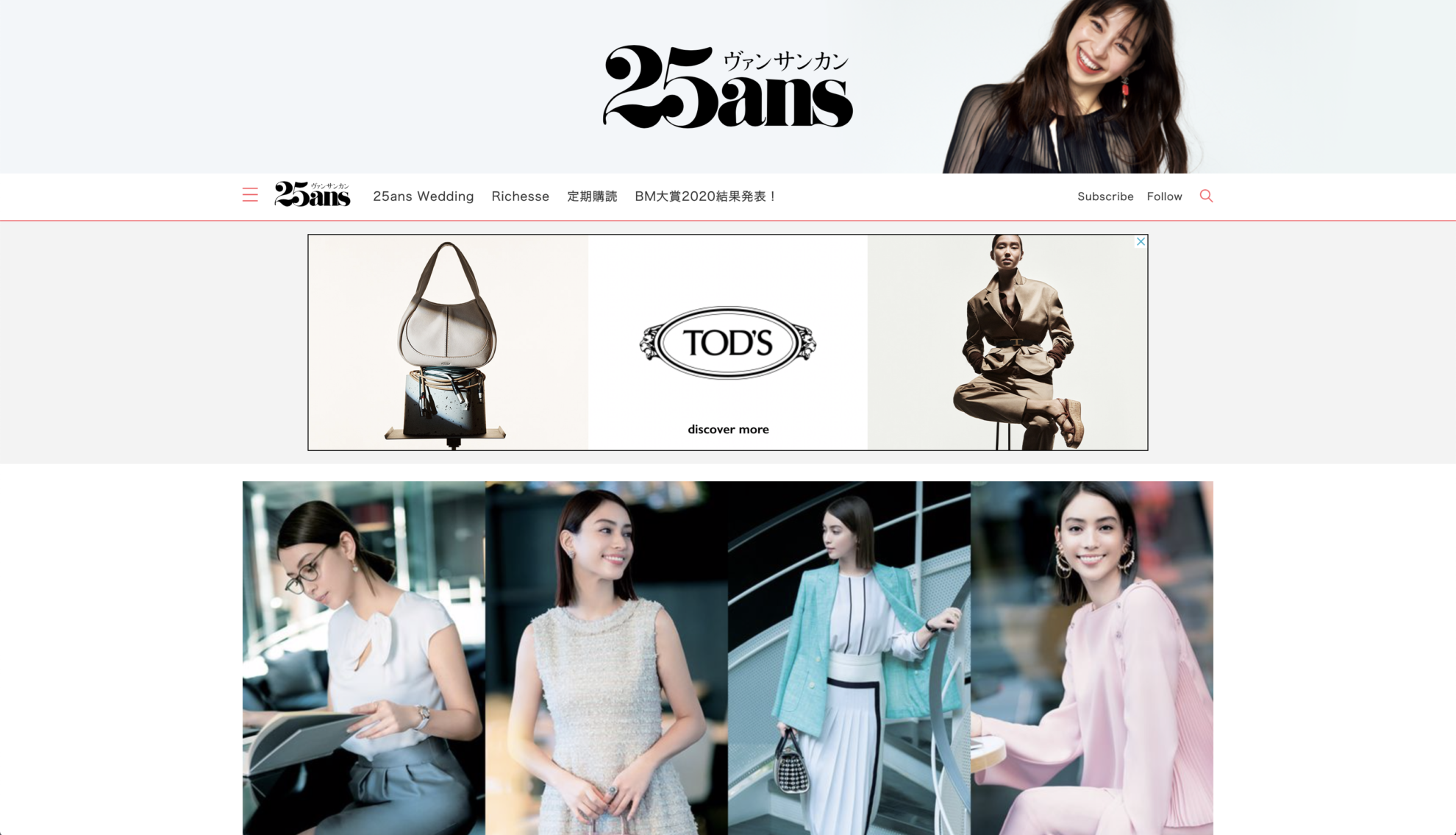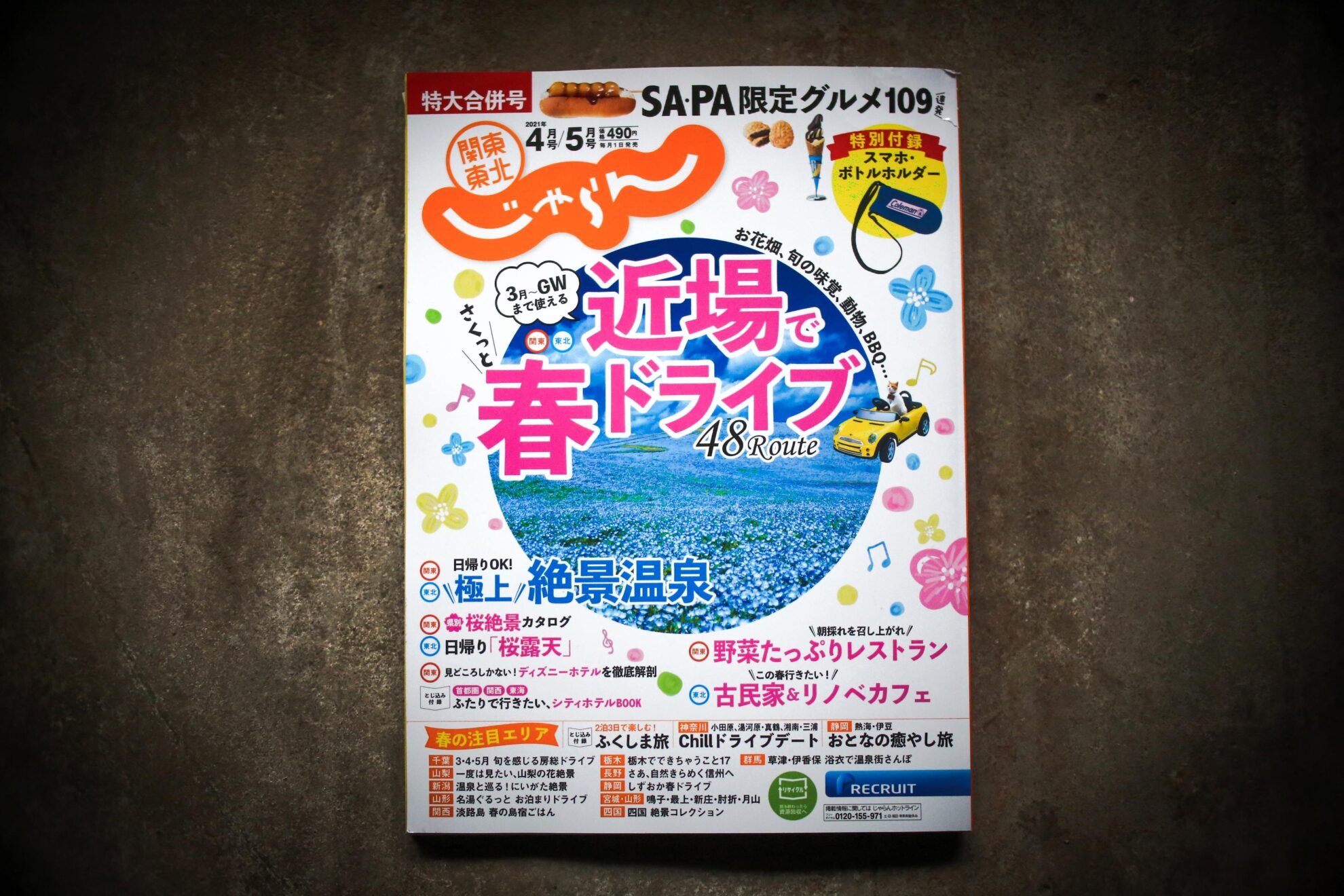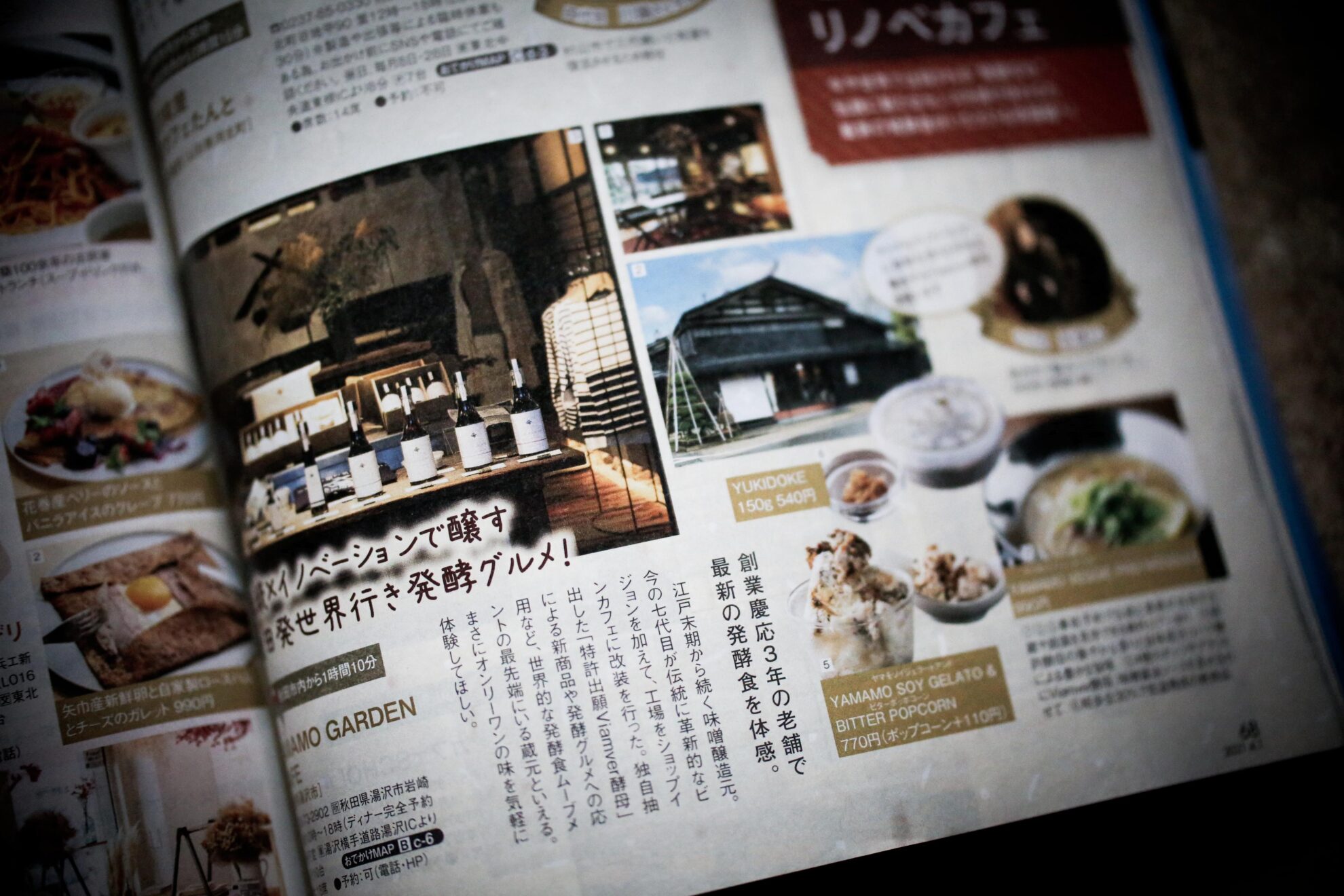突如として感染症と共生する社会となり、社会や組織、個人の在り方も大きく変化しています。また、情報やサーヴィスの膨大な氾濫により、公私問わず、多くの事がマルチタスク化しています。変化の波が大きすぎる時代では、個人を貫く事が難しくなったのかもしれません。
木下さんは、伝統産業かつローカルに位置するヤマモに在籍しながら、最大の目標とする大学院進学を成し遂げました。新しい取り組みや課題解決が混在する中、想いを成し遂げる事ができたのは、本人もチームも、大きな大きな喜びになったと思います。ローカルで課題解決をしつつ、個人の主観ベースで新しいものに取り組む。弊社の人的環境、文化的環境が青春期やユースの中にある方々に何らかの影響を与え、それを返していただくことに喜びと感謝の思いを抱きます。木下さんが歴史や文化が積層する異国の地で何を学び、何を獲得し、どこに向かうのか。これからもチームの一員として楽しみにしていきたいと思います。
.
Anju Kinoshita_YAMAMO SOCIAL CHANGE DIVISION Intern Report
We have suddenly become a society living with infectious diseases, and the nature of society, organizations, and individuals is changing dramatically. In addition, due to the vast overflow of information and services, many things, both public and private, are becoming multitasking. In an age where the waves of change are too great, it may have become difficult to carry on as an individual.
Kinoshita-san achieved his biggest goal of going to graduate school while working at Yamamo, a traditional industry and locally located company. I think it was a great pleasure for both him and the team to be able to accomplish his dream in the midst of a mixture of new approaches and problem solving. While solving problems locally, we tackle new things on an individual subjective basis. We are happy and grateful that our human and cultural environment has some impact on people in their adolescence and youth, and that they return it to us. I wonder what Kinoshita-san will learn, what he will gain, and where he will go in this foreign land of layered history and culture. As a member of the team, I look forward to seeing what he will learn, what he will gain, and where he will go. _internreport
.
木下明夢樹_社會變革課實習報告
突然地,它已經成為與傳染病共存的社會,社會,組織和個人的生活方式應該發生巨大的變化。 此外,由於信息和服務的大量氾濫,許多公共和私人事物都在處理多任務。 在變革浪潮過大的時代,可能很難滲透到個人。
木下先生在就讀於本地的傳統產業Yamamo時實現了進入研究生院的最大目標。 我認為,我,我的團隊和我自己能夠在新舉措和解決問題的結合中實現自己的願望,這是我的榮幸。 在本地解決問題時,應在個人主觀的基礎上研究新事物。 我們感到高興和感激,我們的人類和文化環境對青春期和青年時期的人們產生了一定影響,我們為他們的回歸感到高興。 木下將學到什麼,學到什麼?在歷史和文化積澱的異鄉他鄉會去哪裡? 作為團隊的一員,我將繼續期待它。
.
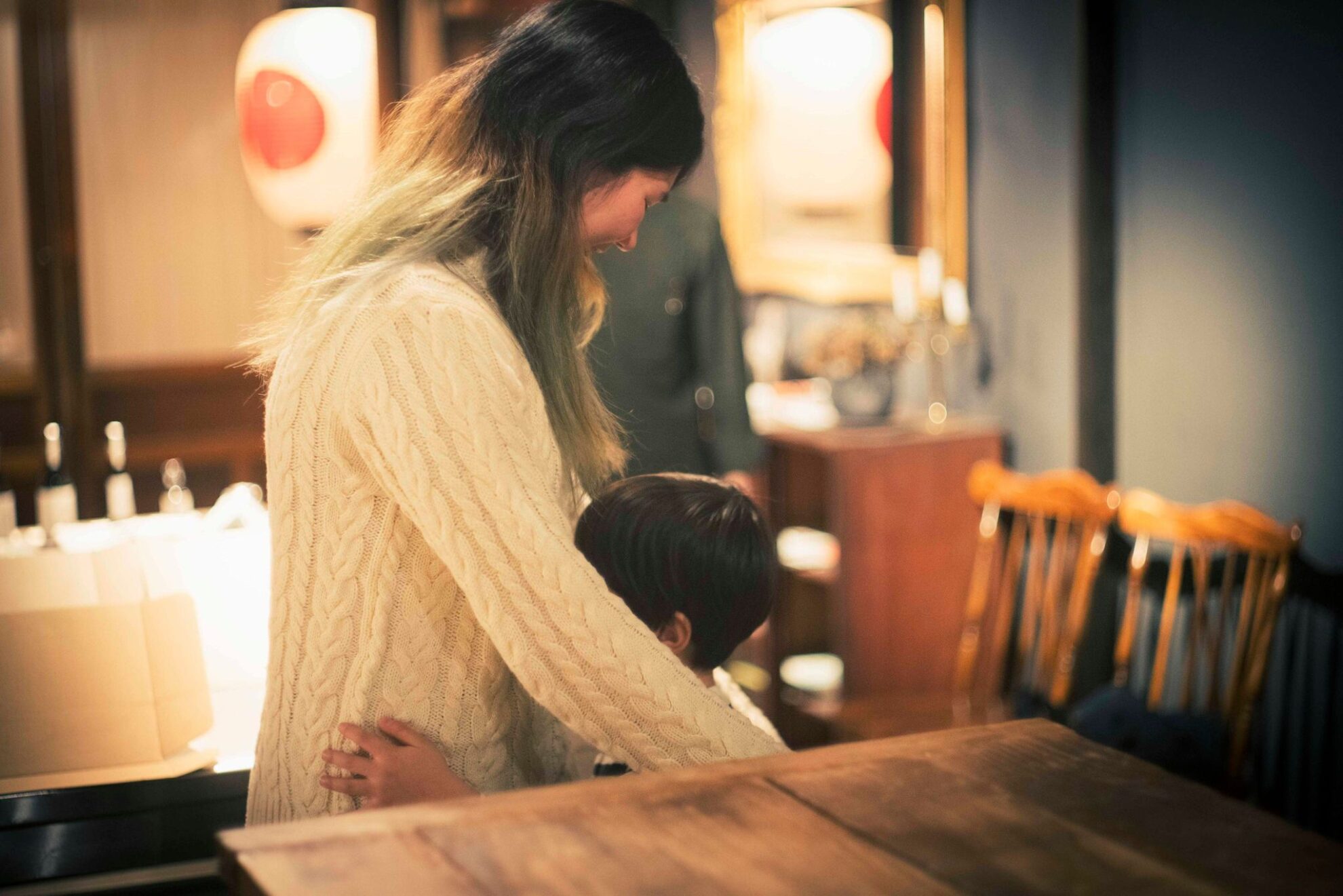
.
ヤマモでの7ヶ月のインターンシップを終えて
この濃密な7ヶ月間は一言では言い表せないほどの学びと祝福を私に与えてくれました。ヤマモでの学びは、職務という無機質な言葉に収まりません。2020年の下半期から2021年にかけてヤマモがおかれていた状況、私個人としての状況、さらにそこに携わる一人ひとりの個性が混ざり合い、私の学びが生成されたのだと思います。
大学院の入試や奨学金の申請を行いつつ、また学部生として最後の学期を利用してリサーチ・アシスタント等の業務をこなしながら、記録的豪雪の湯沢で生き抜いた7ヶ月間。自分の可能性を疑い、不安に押しつぶされそうな時にも、常に未来への希望を語り合ったヤマモのチームは力強く私の背中を押してくれました。私よりも私を信じてくれた仲間がいたからこその、3校の海外大学院合格という結果であったのでしょう。
クリエイティブという言葉をテーマにした活動を通して、クリエイテイブであることの「希望」と「呪い」の二面性を垣間見ることができたと考えます。異常な程の執着がクリエイティブの源泉であるのなら、その過程には必ず犠牲がついてきます。人が共に生きるからこその痛みと喜びは、人間に普遍であり気づきもしない小さな棘なのかもしれません。その存在に気づいた今、私はさらなる成長と決意を求められていると感じます。
こうしてインターンシップが終了した後にも、緊張感が伴うところがヤマモの特異な点であるのでしょう。心地よい緊迫感と言いましょうか。挑戦をしなければと駆り立てられるこの感情は、これから未知の国へ飛ぶ私への祝福であり呪いです。共に戦った仲間に恥じない生き方をしなければ、と身が引き締まる思いです。
.
After 7 months of internship at Yamamo
This intense seven months has given me more learning and blessings than I can express in a few words. My learning at Yamamo cannot be summed up in the inorganic term of “duties”; I believe that my learning was generated by a mixture of the situation Yamamo was in from the second half of 2020 to 2021, my personal situation, and the individuality of each person involved.
For seven months, I survived in Yuzawa under record-breaking snowfall, while taking entrance exams for graduate school, applying for scholarships, and working as a research assistant during my last semester as an undergraduate student. Even when I doubted my potential and felt overwhelmed by anxiety, the Yamamo team, with whom I constantly talked about hope for the future, pushed me forward. It was because of my friends who believed in me more than I believed in myself that I was accepted into three overseas graduate schools.
Through our activities on the theme of the word “creative,” we believe that we have been able to glimpse the duality of the “hope” and “curse” of being creative. If abnormal obsession is the source of creativity, then sacrifices are sure to follow in the process. The pain and joy that comes from people living together may be a small thorn in the side of humanity that is both universal and unnoticed. Now that I am aware of their existence, I feel that I am being asked to grow further and be more determined.
I guess the unique thing about Yamamo is that even after the internship is over, there is still a sense of tension. A comfortable sense of urgency, if you will. This feeling of being driven to take on a challenge is both a blessing and a curse for me as I fly to an unknown country. It is a blessing and a curse for me as I fly to an unknown country. I feel that I must live my life in a way that does not shame the people I have fought with.
.
在Yamamo實習7個月後
緊張的七個月給了我難以置信的學習和祝福。在Yamamo學習並不適合自然而然的工作。從2020年下半年到2021年,安置Yamamo的情況,作為個人的情況以及參與其中的每個人的個性都是混雜的,我認為這是我的學習所產生的。
在申請研究生入學考試和獎學金,並在上學期作為一名本科生擔任研究助理的同時,在Yuzawa創紀錄的大雪中倖存了七個月。甚至當我懷疑自己的潛力並且似乎被焦慮所淹沒時,一直談論他們對未來的希望的Yamamo團隊也強烈地推動了我。也許這是通過三所海外研究生院的結果,因為有些朋友比我更相信我。
通過以“創意”一詞為主題的活動,我想我可以一窺創意的“希望”和“詛咒”的雙重性。如果非凡的依戀是創造力的來源,那麼在這個過程中總會有犧牲。在一起生活的痛苦和快樂可能是人類普遍而未註意到的小刺。現在我已經意識到了它的存在,我覺得我需要進一步的發展和決心。
Yamamo的特點是,即使實習期結束了,仍然有一種緊張感。讓我們稱它為一種緊迫感。驅使我接受挑戰的這種感覺對我飛往未知國家的祝福和詛咒。我覺得我必須過上與自己打過仗的人不感到羞恥的生活。
.
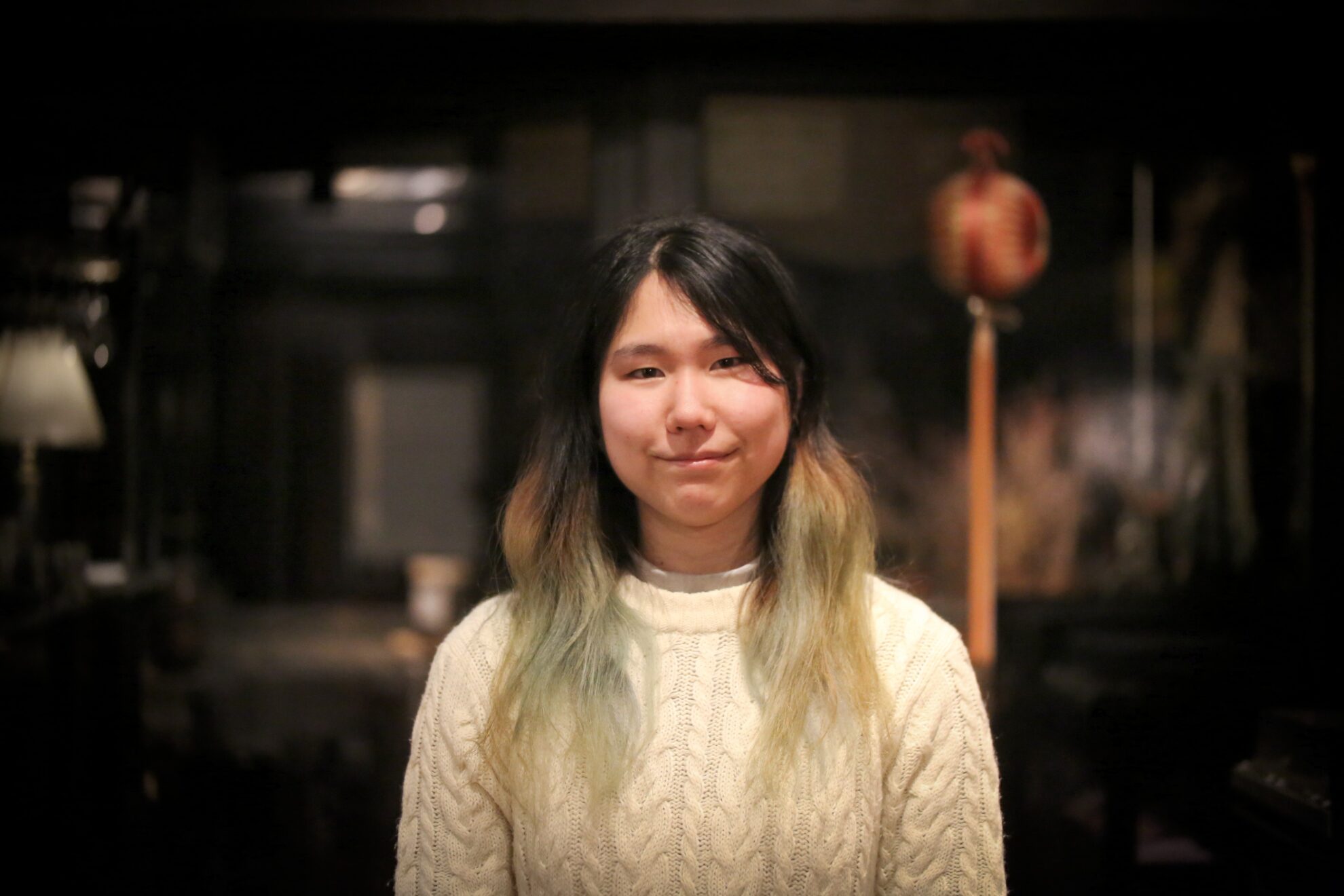
.
木下 明夢樹
ヤマモ味噌醤油醸造元 社会変革事業部インターン。
高校の英語教育に疑問を持ち、より楽しい英語を教えられる教師になるために国際教養大学に入学。「楽しい」学習とは何かを学ぶうちに、自分の疑問は日本の教育界のクリエイティビティの欠如だと気づく。国際教養大学を卒業し、秋からは英国ケンブリッジ大学の修士課程(Arts, Creativity, and Education)へ進学予定の研究者の卵。
.
Anju Kinoshita
Intern at Yamamo Miso and Soy Sauce Brewing Company, Social Change Division.
With doubts about high school English education, she enrolled in Akita International University to become a teacher who can teach English in a more fun way. As she learned what “fun” learning was, she realized that her doubts were due to the lack of creativity in the Japanese education system. After graduating from Akita International University, she is now an aspiring researcher who plans to enter a master’s program (Arts, Creativity, and Education) at the University of Cambridge in the UK in the fall.
.
木下 明夢樹
Yamamo味噌醬油釀造商,社會變革部實習生。
由於對高中英語教育有所懷疑,他進入秋田國際大學成為一名可以更愉快地教英語的老師。 當我了解什麼是“有趣”的學習時,我意識到我的問題是日本教育界缺乏創造力。 秋田國際大學畢業的研究人員的蛋,計劃在秋天繼續攻讀劍橋大學的碩士課程(藝術,創造力和教育)。
.





